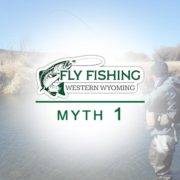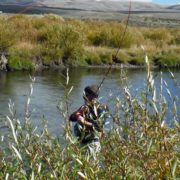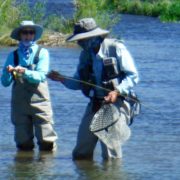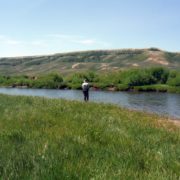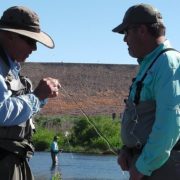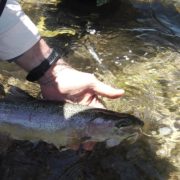https://www.flyfishingwesternwyoming.com/wp-content/uploads/2018/06/myth-1-fly-fishing-on-the-river-Copy.jpg
600
600
Fly Fishing Western Wyoming
https://www.flyfishingwesternwyoming.com/wp-content/uploads/2018/04/Fly-Fishing-Western-Wyoming-fly-fishing-guide-outfitter-trip-desination.png
Fly Fishing Western Wyoming2018-06-05 09:50:332018-06-08 09:11:30Fluorocarbon vs. Mono
https://www.flyfishingwesternwyoming.com/wp-content/uploads/2018/05/fly-fishing-casting-drills-to-practice-for-the-water-Copy.jpg
1536
4608
Fly Fishing Western Wyoming
https://www.flyfishingwesternwyoming.com/wp-content/uploads/2018/04/Fly-Fishing-Western-Wyoming-fly-fishing-guide-outfitter-trip-desination.png
Fly Fishing Western Wyoming2018-05-14 10:10:262018-05-14 14:55:26Drills Casting
https://www.flyfishingwesternwyoming.com/wp-content/uploads/2018/05/five-essentials-of-casting-when-fly-fishing-Copy.jpg
1536
4608
Fly Fishing Western Wyoming
https://www.flyfishingwesternwyoming.com/wp-content/uploads/2018/04/Fly-Fishing-Western-Wyoming-fly-fishing-guide-outfitter-trip-desination.png
Fly Fishing Western Wyoming2018-05-14 09:34:122018-05-14 14:55:28Five Essentials of Catching
https://www.flyfishingwesternwyoming.com/wp-content/uploads/2018/05/Jackson-Hole-Experience-Fly-Fishing-Copy.jpg
1500
2000
Fly Fishing Western Wyoming
https://www.flyfishingwesternwyoming.com/wp-content/uploads/2018/04/Fly-Fishing-Western-Wyoming-fly-fishing-guide-outfitter-trip-desination.png
Fly Fishing Western Wyoming2018-05-14 09:27:022018-06-14 14:16:42Fly Fishing Practice Tips
https://www.flyfishingwesternwyoming.com/wp-content/uploads/2018/05/why-does-a-guide-charge-so-much-fly-fishing-Copy.jpg
854
2560
Fly Fishing Western Wyoming
https://www.flyfishingwesternwyoming.com/wp-content/uploads/2018/04/Fly-Fishing-Western-Wyoming-fly-fishing-guide-outfitter-trip-desination.png
Fly Fishing Western Wyoming2018-05-14 09:22:422018-05-15 11:13:33How Do Guides Charge?
https://www.flyfishingwesternwyoming.com/wp-content/uploads/2018/05/release-catch-fly-fishing-into-river-Copy.jpg
1450
4352
Fly Fishing Western Wyoming
https://www.flyfishingwesternwyoming.com/wp-content/uploads/2018/04/Fly-Fishing-Western-Wyoming-fly-fishing-guide-outfitter-trip-desination.png
Fly Fishing Western Wyoming2018-05-14 09:15:092018-05-14 14:06:13Releasing Fish
This website uses cookies to improve your experience. By using our website, you accept our use of cookies. Read MoreOK Privacy & Cookies Policy
Scroll to top

